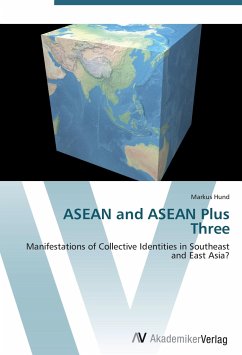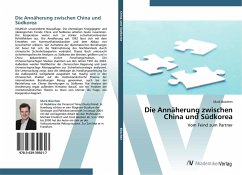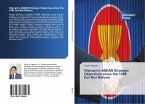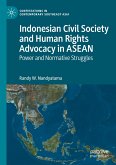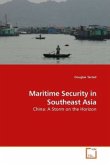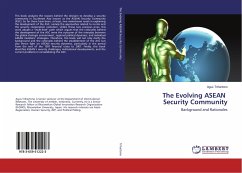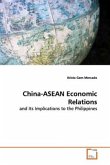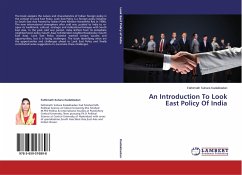Revision with unchanged content. East Asia is a region undergoing vast structural changes. As the region moved closer together economically and politically following the breakdown of the bipolar world order and the ensuing expansion of intra-regional interdependencies, the states of the region faced the challenge of having to actively recast their mutual relations. At the same time, throughout the 1990s, the West became increasingly interested in trans- and inter-regional dialogue and cooperation with the emerging economies of East Asia. These developments gave rise to a "new regionalism", which eventually also triggered debates on Asian identities and the region's potential to integrate. Before this backdrop, this thesis analyses in how far both the Association of Southeast Asian Nations (ASEAN) and the ASEAN Plus Three forum (APT: the ASEAN states plus China, Japan and South Korea) represent intergovernmental manifestations of specific collective identities in Southeast Asia and East Asia, respectively. Based on profiles of the respective discursive, behavioral and motivational patterns as well as the integrative potential of ASEAN and APT, this study establishes in how far the member states adhere to sustainable collective patterns of interaction, expectations and objectives, and assesses in how far they can be said to form specific 'ingroups'.
Hinweis: Dieser Artikel kann nur an eine deutsche Lieferadresse ausgeliefert werden.
Hinweis: Dieser Artikel kann nur an eine deutsche Lieferadresse ausgeliefert werden.

